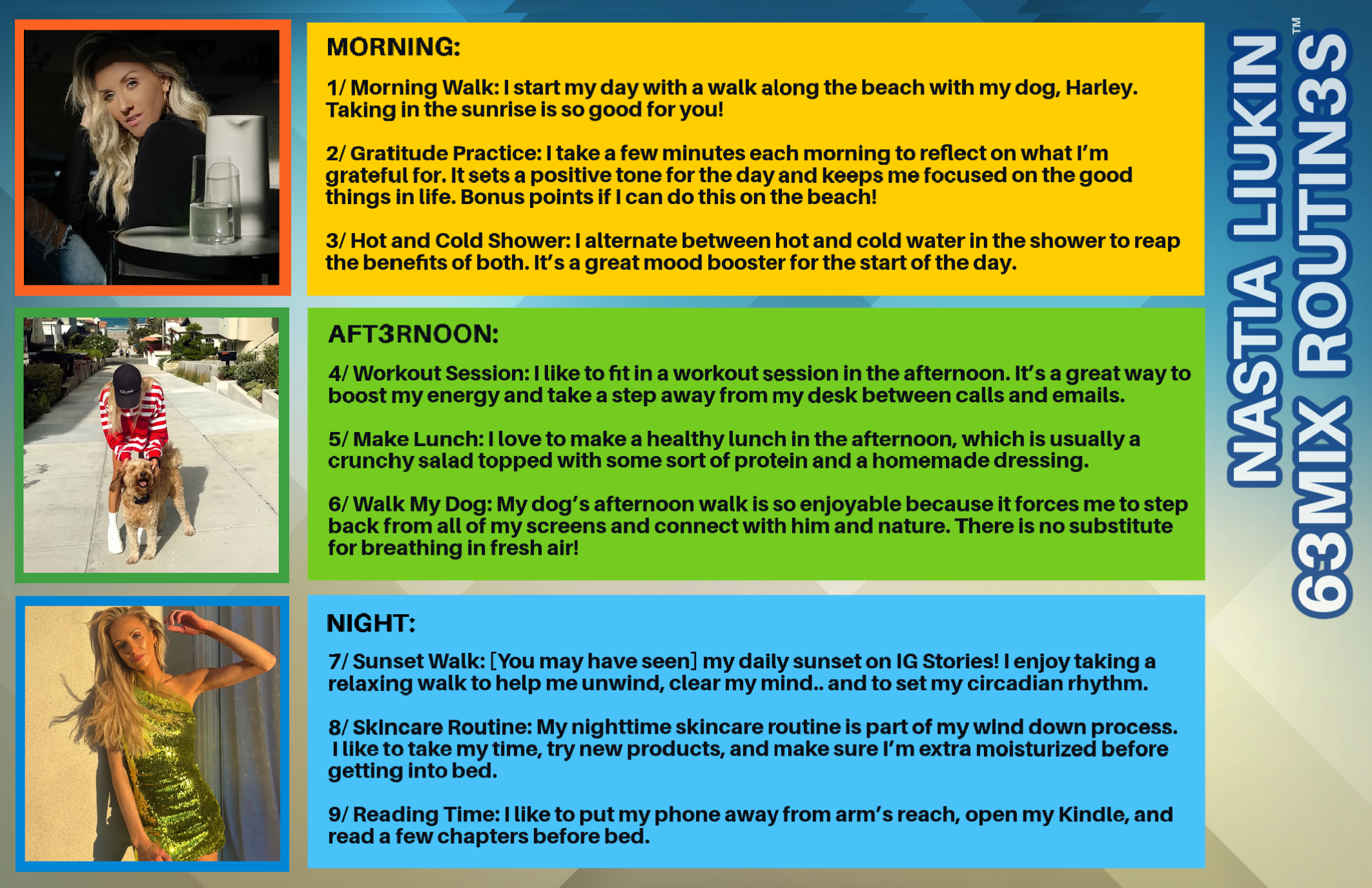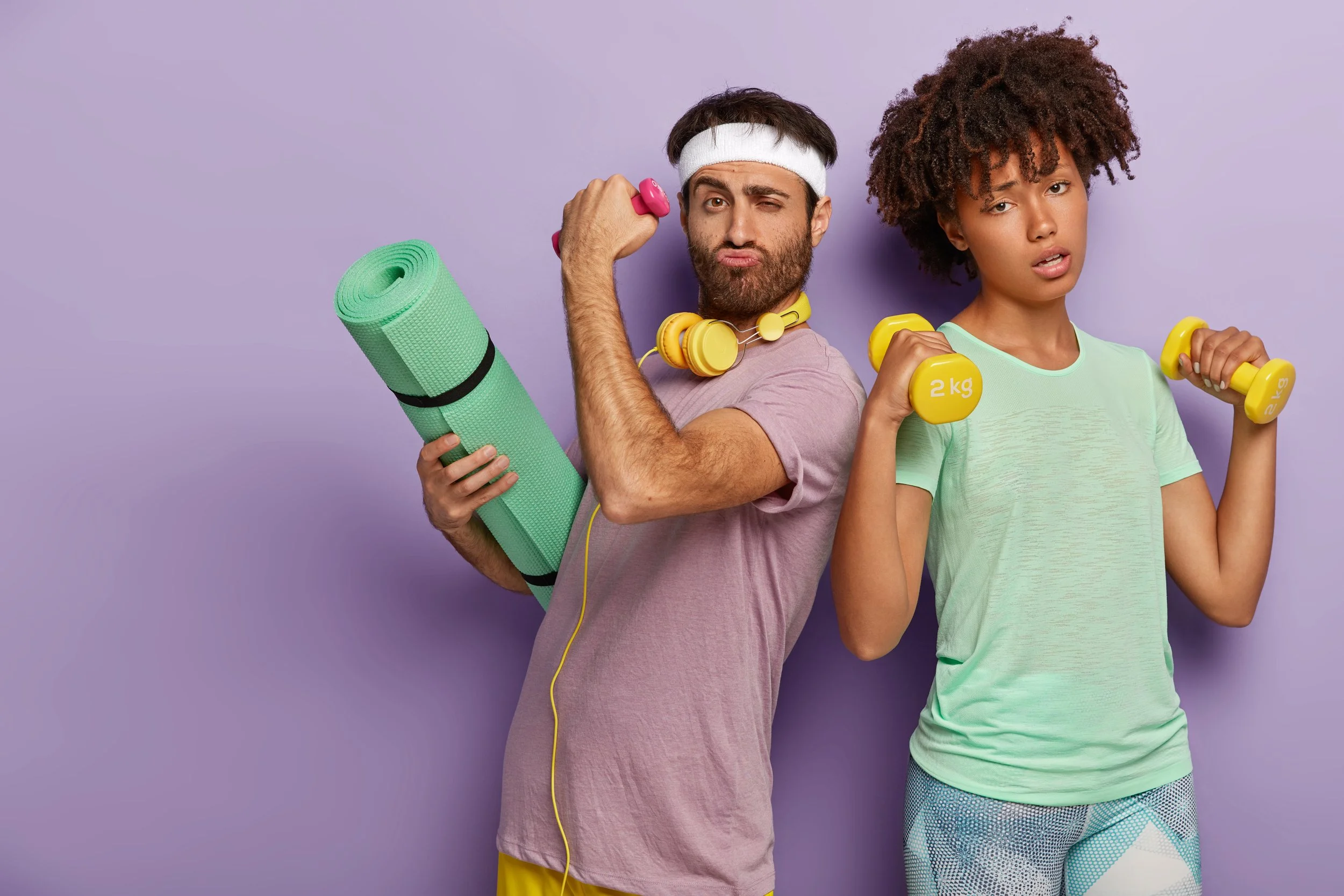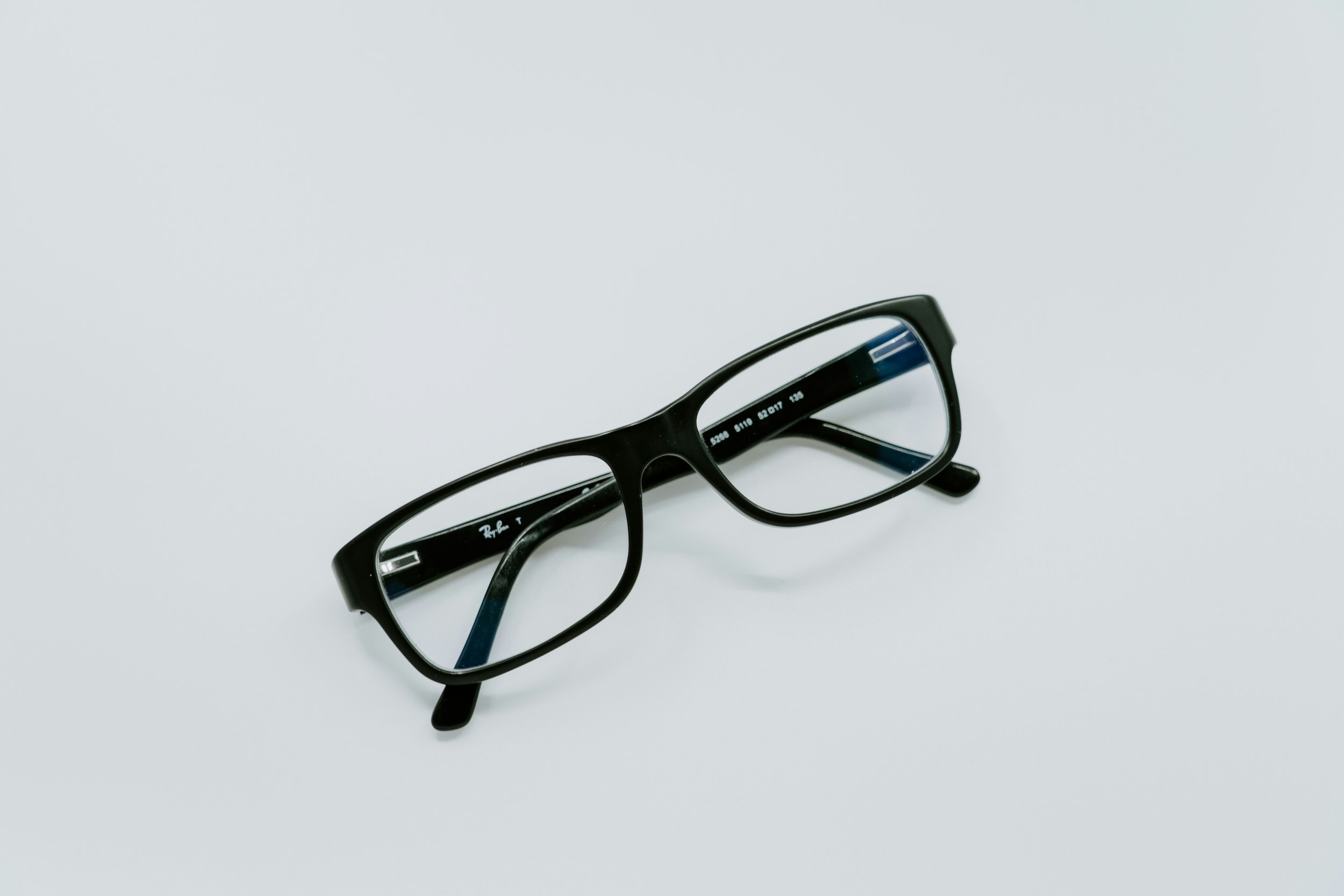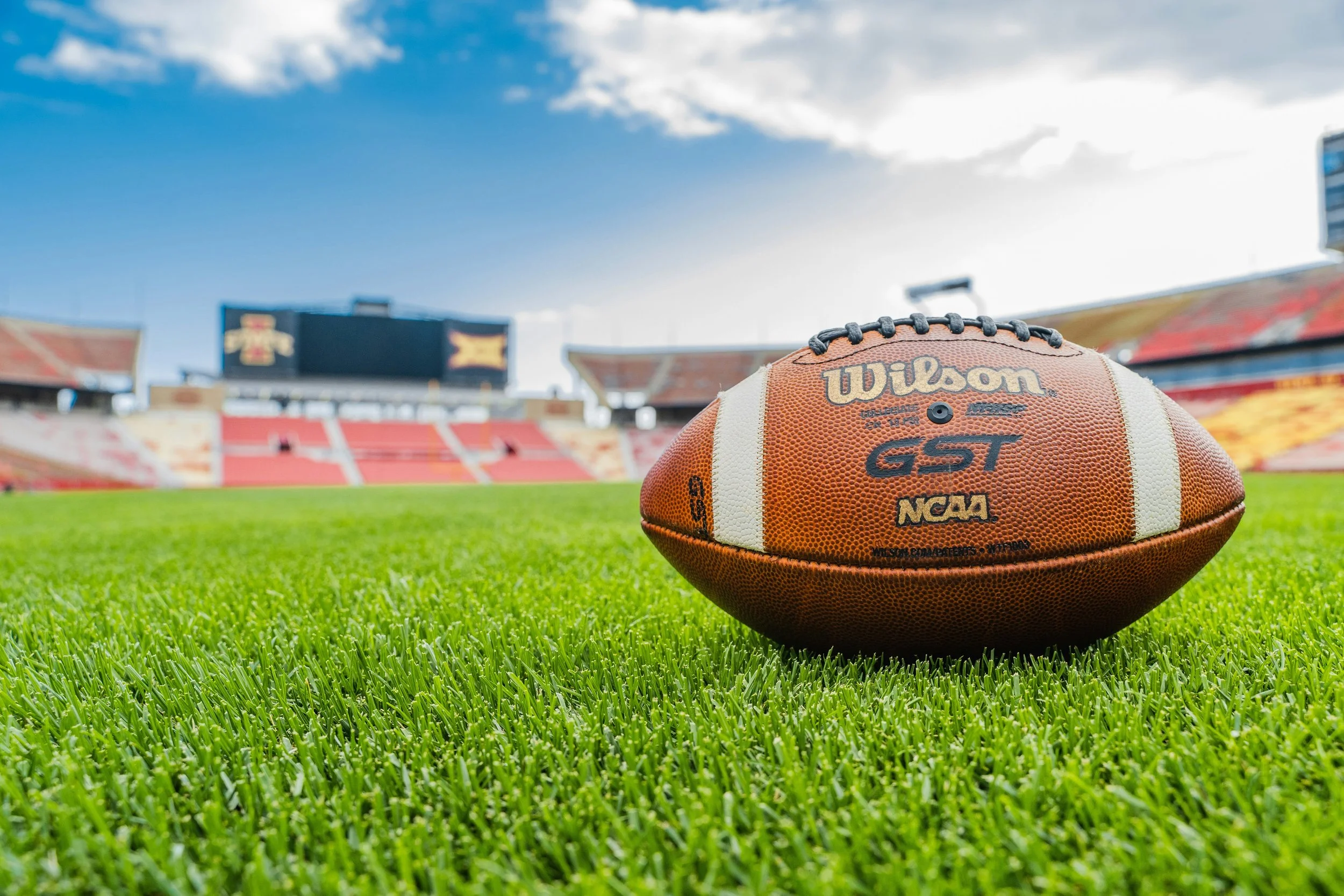Postural Orthostatic Tachycardia Syndrome is another autonomic nervous system disorder that may lead to dizziness, rapid heart rate, extreme fatigue, and inadequate blood circulation, especially upon standing. Lifestyle changes are generally integral to the treatment of POTS, with diet significantly contributing to the management of symptoms.
The foods you eat and the way you hydrate can directly affect the volume of your blood, circulation, and energy levels. Proper nutrition will stabilize blood pressure, reduce dizziness, and combat fatigue to make daily life easier. From increasing salt and fluid intake to nutrient-rich foods that support circulation, the right dietary choices will show effective results.
In this guide, we will help you find the best dietary strategy for managing symptoms of POTS and create a meal plan to support your overall well-being.
Why Nutrition Matters for POTS Management
Management of Postural Orthostatic Tachycardia Syndrome requires an interdisciplinary approach and proper diet, fluid, and electrolyte intake because these all tend to contribute to the stabilization of blood pressure, enhancing the flow of circulation through the blood, and helping mitigate symptoms of dizziness and even fatigue. From understanding how nutrition affects blood volume and electrolyte levels, thereby manipulating blood glucose and how they enhance the patient's quality of life, diet could be adjusted with more relevance in managing this type of POTS.
The Connection Between POTS and Blood Volume
Low blood volume is one of the main issues in individuals with POTS, making them experience dizziness, tachycardia, and tiredness. This is because the autonomic nervous system fails to regulate effective blood flow and blood cannot be pumped effectively towards the brain and heart; instead, it pools in the lower limbs.
But it does that by retaining fluids in the body, which increases the blood volume and makes blood flow easier. Most POTS patients find it helpful to ingest 3,000 to 10,000 mg of sodium per day as recommended by their doctors. Adequate hydration also promotes appropriate blood circulation. Drinking 2-3 liters of water daily, especially electrolyte-containing fluids will support proper hydration and blood circulation, reducing dizziness and fainting spells.
The Role of Electrolytes in POTS Symptom Control
Electrolytes—such as sodium, potassium, magnesium, and calcium—are essential minerals that help regulate nerve function, muscle contractions, and fluid balance in the body. They play a direct role in maintaining blood pressure and preventing the dramatic fluctuations that can worsen POTS symptoms.
● Sodium: Helps retain water and expand blood volume.
● Potassium: Supports heart rhythm and prevents palpitations.
● Magnesium: Aids in muscle relaxation and prevents cramping.
● Calcium: Assists with blood vessel function and circulation.
Maintaining electrolyte balance is key to hydration and circulation. Coconut water, electrolyte drinks (without excessive sugar), and potassium-rich foods like bananas, avocados, and leafy greens can help stabilize symptoms. Magnesium supplements or magnesium-rich foods like nuts and seeds may also alleviate muscle tension and improve overall well-being.
The Impact of Blood Sugar Levels on POTS Symptoms
Blood sugar fluctuations can significantly impact POTS symptoms. When blood sugar drops too low, it can trigger dizziness, fatigue, brain fog, and shakiness—symptoms that overlap with POTS-related issues.
To maintain stable blood sugar:
● Eat small, frequent meals to prevent sudden drops.
● Include protein and healthy fats (e.g., eggs, nuts, fish) to slow sugar absorption.
● Limit refined sugars and opt for complex carbohydrates (e.g., whole grains, quinoa, sweet potatoes) for sustained energy.
A well-balanced diet that prioritizes steady blood sugar levels can prevent energy crashes, reduce dizziness, and support overall symptom management for those living with POTS.
Best Foods to Include in a POTS Diet
For individuals with Postural Orthostatic Tachycardia Syndrome (POTS), diet plays a significant role in symptom management. Certain foods can help regulate blood volume, improve circulation, maintain stable energy levels, and support the nervous system. Below is a breakdown of the most beneficial foods to incorporate into a POTS-friendly diet.
High-Sodium Foods for POTS Patients
Sodium is essential for increasing blood volume and circulation, which helps reduce dizziness and lightheadedness associated with POTS. Since POTS patients often have low blood volume, consuming adequate sodium can help retain fluids and improve blood pressure regulation. Incorporating High-Sodium Snacks for POTS, such as salted nuts, pickles, and broths, can be an easy and effective way to meet daily sodium needs and support better hydration.
Here are some healthy high-sodium food options:
● Pickles – A quick and easy salty snack.
● Salted nuts – Almonds, cashews, or peanuts with sea salt provide both sodium and healthy fats.
● Broths and soups – Bone broth and miso soup are excellent sources of sodium and electrolytes.
● Canned vegetables – Look for low-sugar, high-sodium options like canned tomatoes or green beans.
● Cheese and olives – These naturally salty foods can be great additions to meals or snacks.
Hydrating Foods and Drinks
Staying hydrated is crucial for POTS patients because dehydration can worsen symptoms like dizziness and fatigue. Drinking enough fluids helps maintain blood volume and supports electrolyte balance.
Here are some hydration-boosting foods and drinks:
● Coconut water – A natural source of electrolytes, including potassium.
● Electrolyte drinks – Choose options with minimal added sugars, such as LMNT or Nuun tablets.
● Watermelon and cucumbers – These high-water-content fruits help with hydration.
● Herbal teas – Peppermint, ginger, and hibiscus teas can be refreshing and hydrating.
Protein-Rich Foods for Sustained Energy
Protein plays a key role in stabilizing blood sugar levels, preventing energy crashes, and supporting muscle function. Since POTS symptoms can be triggered by low blood sugar, incorporating enough protein into meals and snacks is essential.
Some great protein-rich foods for POTS patients include:
● Eggs – A versatile and nutrient-dense source of protein.
● Lean meats (chicken, turkey, fish) – Help provide long-lasting energy.
● Greek yogurt – Contains both protein and probiotics for gut health.
● Nuts and seeds – Almonds, chia seeds, and sunflower seeds offer protein, magnesium, and healthy fats.
Magnesium-Rich Foods for Nervous System Support
Magnesium is an essential mineral that helps with muscle relaxation, nerve function, and circulation. Many POTS patients experience muscle cramps or tension, and magnesium-rich foods can help alleviate these symptoms.
Here are some magnesium-rich foods to include:
● Spinach and leafy greens – Rich in magnesium, iron, and fiber.
● Bananas – Provide magnesium, potassium, and a natural energy boost.
● Dark chocolate – A delicious way to get magnesium while satisfying a sweet craving.
● Almonds – A great snack option with both protein and magnesium.
Incorporating these foods into a well-balanced diet can help manage POTS symptoms and improve overall well-being. Prioritizing hydration, electrolyte balance, and steady blood sugar levels can make a significant difference in day-to-day energy and comfort.
Foods to Avoid or Limit for POTS Management
While some foods can help manage Postural Orthostatic Tachycardia Syndrome (POTS) symptoms, others may worsen dizziness, fatigue, and blood pressure fluctuations. Avoiding or limiting certain dietary choices can help stabilize symptoms and improve overall well-being.
Caffeine and Alcohol
Both caffeine and alcohol can negatively impact hydration and circulation, making POTS symptoms worse.
● Caffeine: While it may provide a temporary energy boost, caffeine is a diuretic, meaning it increases urine output and can lead to dehydration. Dehydration is particularly problematic for POTS patients, as it can further reduce blood volume and worsen dizziness and heart rate fluctuations. Some individuals may also experience increased heart palpitations or jitters after consuming caffeine.
● Alcohol: Alcohol is a vasodilator, meaning it lowers blood pressure by relaxing blood vessels. Since POTS patients already struggle with blood flow regulation, alcohol can exacerbate dizziness, fainting, and fatigue. Additionally, alcohol contributes to dehydration, which further impacts blood circulation.
Processed and Sugary Foods
Highly processed foods and refined sugars can cause rapid blood sugar spikes and crashes, leading to increased fatigue, dizziness, and brain fog.
● Sugary snacks and drinks (e.g., candy, soda, sweetened coffee drinks) cause a temporary surge in energy followed by a sudden drop, which can intensify POTS symptoms.
● Refined carbohydrates (e.g., white bread, pastries, sugary cereals) are quickly digested, leading to unstable blood sugar levels. Instead, opting for whole grains, fiber-rich foods, and balanced meals can help maintain steady energy levels.
Artificial Sweeteners and Additives
Many artificial sweeteners and food additives can have unintended effects on blood sugar levels, digestion, and the nervous system.
● Some artificial sweeteners (e.g., aspartame, sucralose) can disrupt gut bacteria, leading to digestive issues like bloating and discomfort, which may worsen POTS symptoms.
● Certain food additives and preservatives found in processed foods may trigger inflammation or contribute to poor circulation.
● Monosodium glutamate (MSG) and highly processed flavor enhancers can sometimes cause headaches or dizziness in sensitive individuals.
Opting for whole, minimally processed foods and avoiding artificial additives can help prevent unnecessary symptom flare-ups and promote better overall health for POTS patients.
Smart Meal Planning for POTS Patients
Managing Postural Orthostatic Tachycardia Syndrome (POTS) through diet doesn’t have to be overwhelming. A well-structured meal plan can help maintain stable blood sugar levels, hydration, and electrolyte balance, all of which are essential for minimizing symptoms like dizziness, fatigue, and brain fog. Below are practical strategies for meal planning and preparation to make following a POTS-friendly diet easier.
Creating a Balanced Meal Plan
A well-balanced meal plan should prioritize hydration, electrolyte balance, protein, and complex carbohydrates to help sustain energy and improve circulation. Meals should include a mix of:
● Lean proteins (chicken, eggs, fish) to prevent energy crashes
● Healthy fats (avocado, nuts, olive oil) for long-lasting satiety
● Complex carbohydrates (quinoa, whole grains, sweet potatoes) for steady blood sugar
● Hydration-boosting foods (coconut water, watermelon, broth-based soups)
Sample Daily Meal Plan for POTS Patients
● Breakfast: Scrambled eggs with whole-grain toast and avocado, plus a glass of coconut water
● Mid-Morning Snack: Handful of salted almonds and a banana
● Lunch: Grilled chicken salad with olives, feta cheese, and a lemon-olive oil dressing
● Afternoon Snack: Pickles with cheese cubes and electrolyte water
● Dinner: Baked salmon with roasted sweet potatoes and steamed spinach
● Evening Snack: Greek yogurt with a drizzle of honey and a sprinkle of dark chocolate shavings
Prepping Easy, High-Sodium Snacks for On-the-Go
Since salt and hydration are key for managing POTS symptoms, having high-sodium snacks readily available can make a big difference in symptom control. Meal prepping snacks ahead of time ensures you have quick, nutritious options when needed.
Easy-to-Prep High-Sodium Snack Ideas:
● Salted nuts (almonds, cashews, pistachios) in portioned containers
● Pickles or olives stored in small snack cups
● Cheese sticks paired with whole-grain crackers
● Jerky or smoked salmon for a protein-packed salty snack
● Broth-based soups in a thermos for easy sipping
● Electrolyte drink packets for mixing with water on the go
Timing Your Meals to Avoid Symptoms
Meal timing is just as important as meal content when managing POTS. Large meals can lead to blood pooling in the digestive tract, which may worsen dizziness and fatigue. Eating smaller, more frequent meals can help stabilize blood pressure and prevent energy crashes.
Best Meal Timing Tips for POTS Patients:
● Eat every 2-3 hours to keep blood sugar stable.
● Avoid skipping meals, as fasting can lead to low blood pressure and fatigue.
● Drink fluids before and during meals to maintain hydration.
● Have a salty snack before standing for long periods to support circulation.
● Limit large meals at night to prevent sluggish digestion and nighttime symptoms.
By strategically planning meals and snacks, POTS patients can better manage symptoms and maintain steady energy levels throughout the day.
Lifestyle Tips to Complement a POTS Diet
While a nutrient-rich diet is essential for managing Postural Orthostatic Tachycardia Syndrome (POTS), incorporating hydration, exercise, stress management, and quality sleep can further enhance symptom control. A holistic approach combining the right foods with lifestyle adjustments can improve circulation, energy levels, and overall well-being.
The Importance of Proper Hydration
Since low blood volume is a major issue for POTS patients, adequate hydration is crucial for maintaining circulation and preventing dizziness and fatigue.
How Much Water Should POTS Patients Drink?
● Most POTS patients need at least 2-3 liters (64-100 oz) of fluids daily.
● Some may require even more, depending on individual needs and doctor recommendations.
● Fluids should be consumed consistently throughout the day, rather than in large amounts at once.
Hydration Tips for POTS Patients:
✔ Drink electrolyte-rich beverages like coconut water, sports drinks, or homemade electrolyte solutions to maintain sodium and potassium levels.
✔ Infuse water with lemon, cucumber, or berries to make hydration more enjoyable.
✔ Sip on broth-based soups for an easy way to add both sodium and fluids to your diet.
✔ Carry a water bottle and set reminders to drink regularly, especially in warm weather.
Pairing Diet with Light Exercise
Many POTS patients experience exercise intolerance, but gentle, structured movement can help improve blood circulation, muscle tone, and overall stamina.
Why Exercise Helps:
● Increases blood flow and circulation, reducing dizziness and fatigue.
● Strengthens muscles, helping the body regulate blood pressure better.
● Enhances overall cardiovascular health, making standing and daily activities easier.
POTS-Friendly Exercises:
✔ Recumbent biking or rowing – Keeps the body in a horizontal position, reducing symptoms.
✔ Yoga and stretching – Helps with flexibility, circulation, and relaxation.
✔ Resistance training (using light weights or resistance bands) – Builds muscle without overexertion.
✔ Water exercises – Swimming or water aerobics can be easier on the body while improving endurance.
Managing Stress and Sleep
Stress and poor sleep can worsen POTS symptoms, leading to increased fatigue, dizziness, and brain fog. Prioritizing relaxation and restful sleep is essential for overall health and symptom control.
Stress-Reduction Techniques:
✔ Deep breathing exercises – Practicing slow, controlled breaths can help calm the nervous system.
✔ Mindfulness meditation – Engaging in guided relaxation can reduce anxiety and stress-related symptom flare-ups.
✔ Journaling or creative outlets – Writing, painting, or other hobbies can help channel stress into something productive.
Sleep Improvement Tips:
✔ Maintain a consistent sleep schedule – Going to bed and waking up at the same time helps regulate the body's internal clock.
✔ Limit screen time before bed – Blue light from phones and computers can interfere with melatonin production.
✔ Elevate your legs slightly while sleeping – This can reduce blood pooling in the lower extremities, helping with circulation.
✔ Use blackout curtains or a sleep mask – A dark, quiet environment promotes deeper sleep.
By combining a POTS-friendly diet with proper hydration, gentle exercise, stress management, and quality sleep, individuals can effectively reduce symptoms and improve their daily quality of life.
Final Thoughts: Eating Well to Live Well with POTS
Managing POTS symptoms requires a holistic approach, and diet and nutrition play a crucial role in improving blood circulation, energy levels, and overall well-being. By focusing on high-sodium foods, proper hydration, balanced meals, and essential nutrients, POTS patients can help stabilize their symptoms and feel more in control of their health.
Beyond diet, lifestyle adjustments—including staying hydrated, engaging in gentle exercise, managing stress, and prioritizing quality sleep—can further enhance symptom management and quality of life.
While every individual with POTS may respond differently to various dietary and lifestyle strategies, small, consistent changes can make a significant difference over time. If you're unsure where to start, consulting a healthcare professional or nutritionist can help create a personalized plan tailored to your needs.
By taking proactive steps toward better nutrition and lifestyle habits, living well with POTS is possible—one healthy choice at a time.































